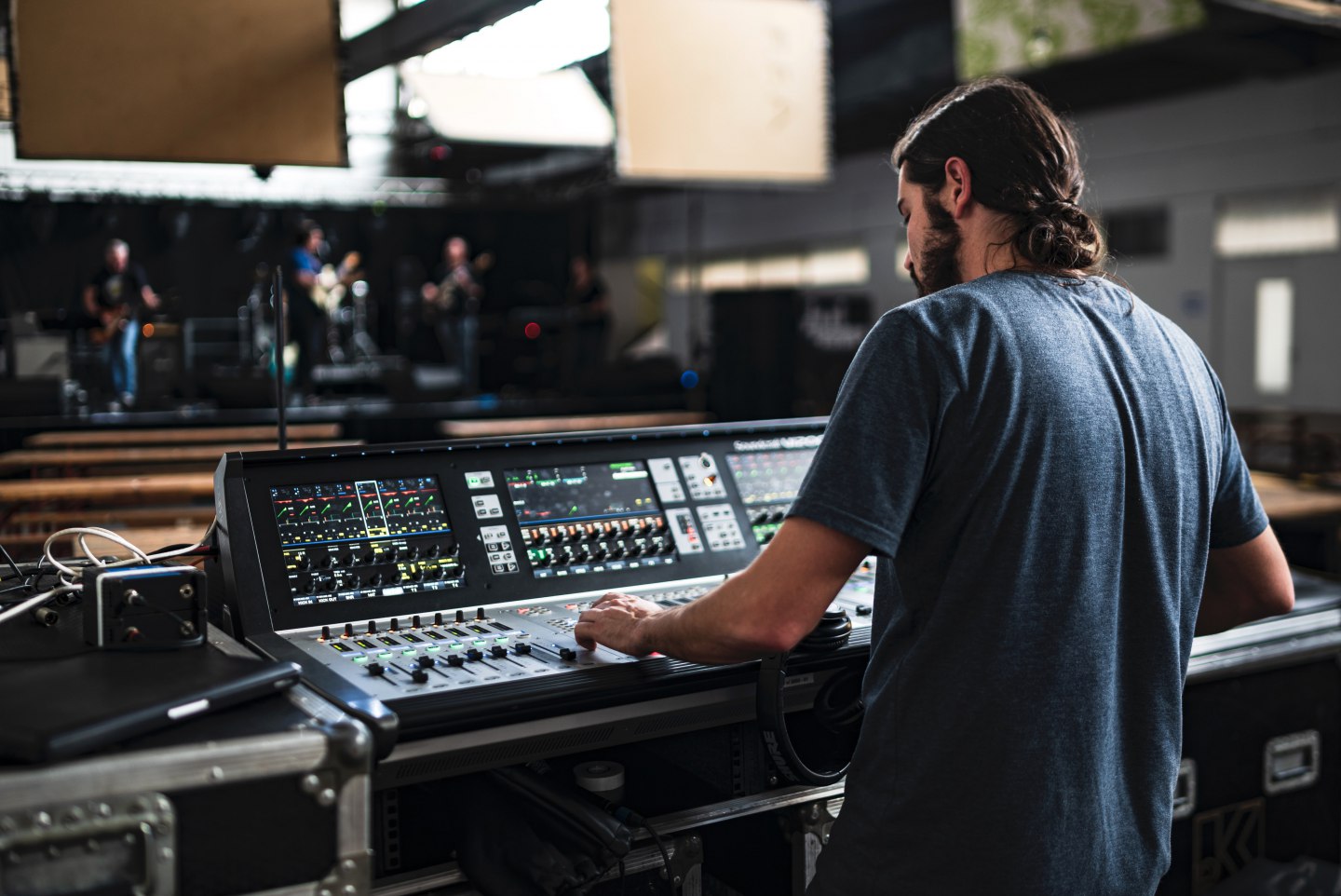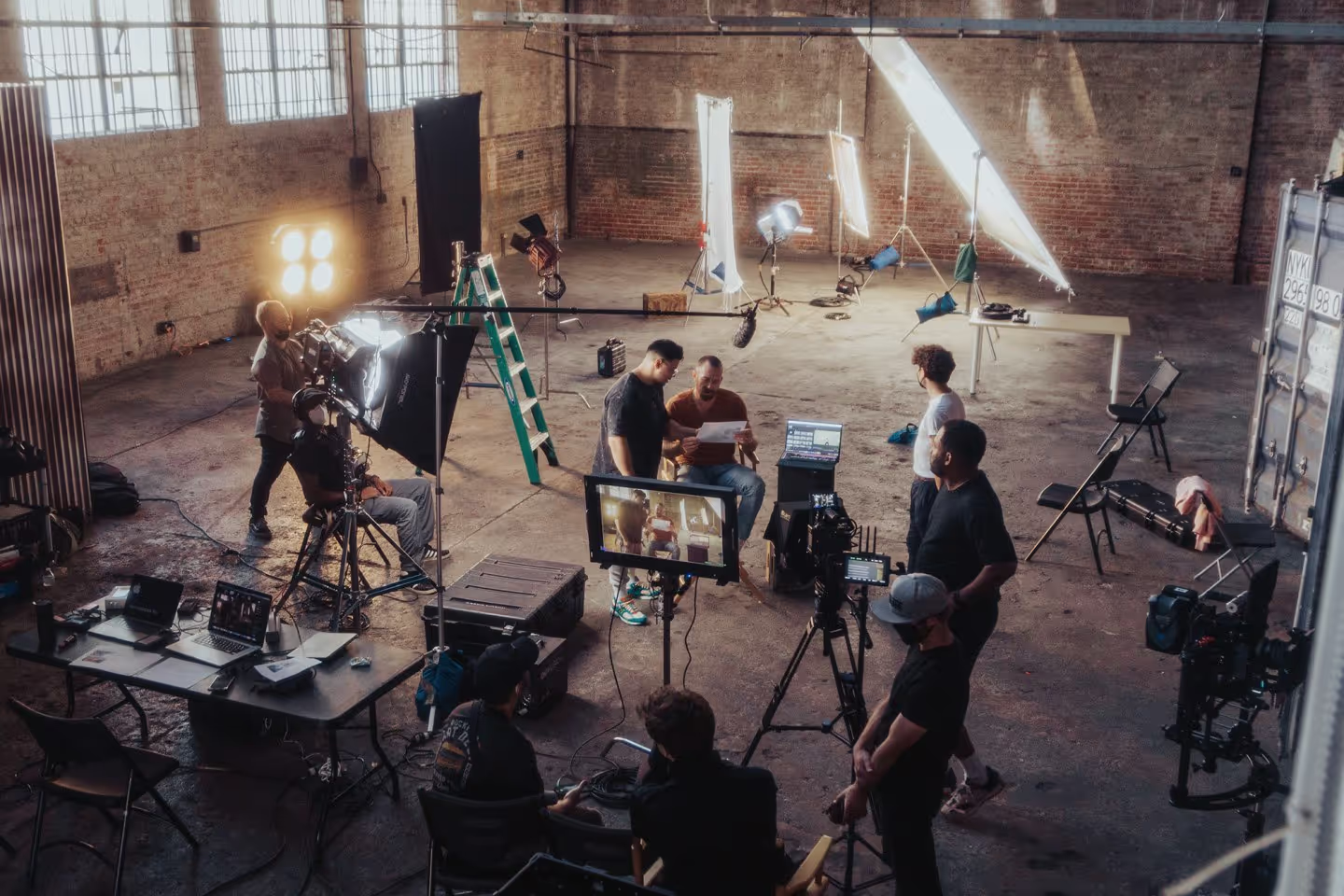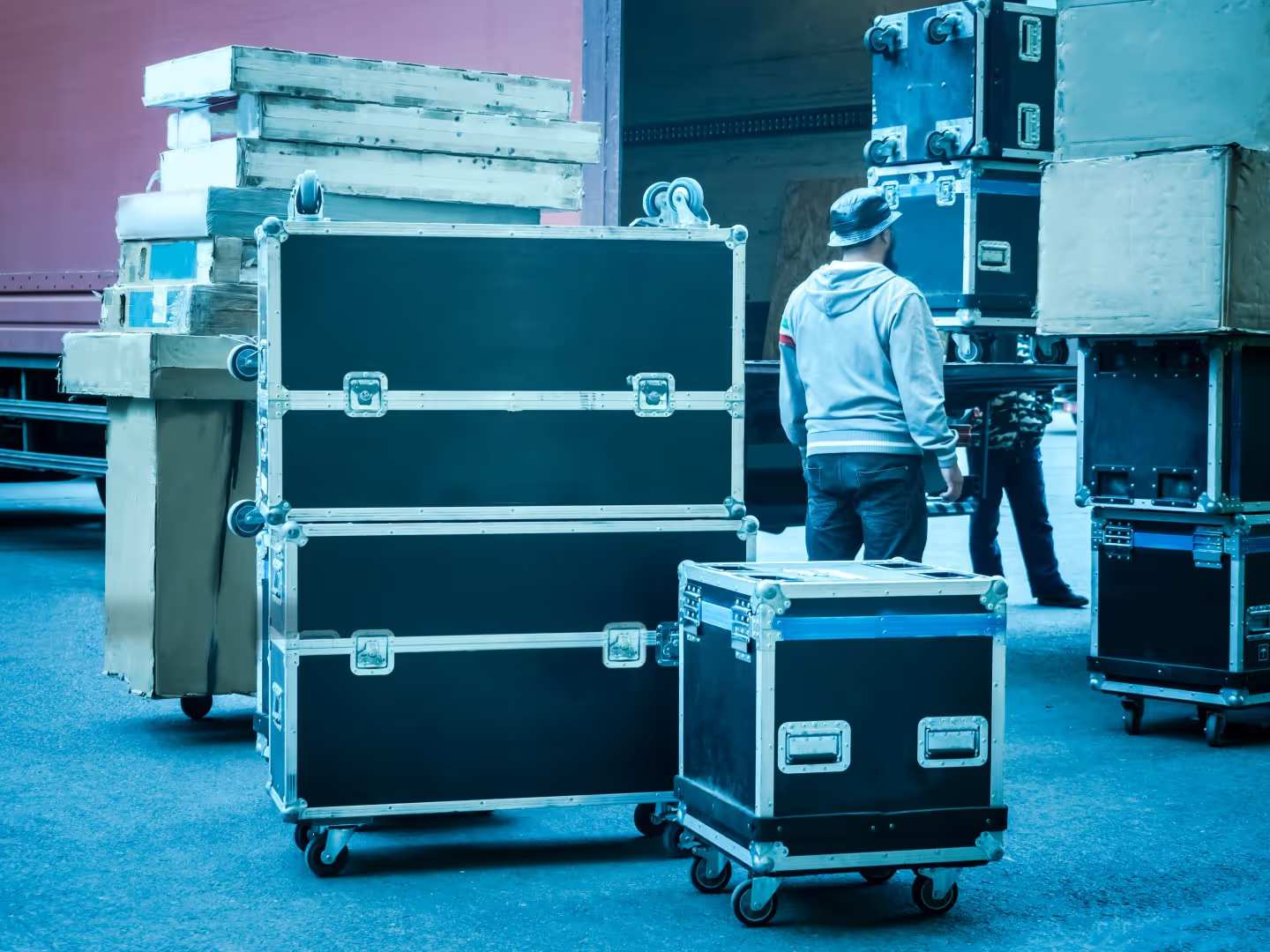Mastering Crew Coordination: A Practical Guide for AV, Events, and Media Production

Crew coordination is a cornerstone of success in the AV, events, and media production industries. The seamless interaction and communication between team members are vital for delivering high-quality productions on time and on budget. Whether setting up large-scale corporate events, coordinating multi-camera live broadcasts, or managing a film production, effective crew coordination ensures smooth operations, enhances efficiency, and fosters a collaborative work environment. This guide provides practical insights and strategies for mastering crew coordination at all levels, helping teams navigate the unique challenges of the industry.
Understanding Crew Coordination
Fundamentals of Teamwork in Production
In production environments, teamwork is the backbone of a successful operation. Each team member, from lighting technicians to camera operators and stage managers, plays a crucial role in executing a seamless production. Effective teamwork relies on clear communication, mutual respect, and an understanding of each individual’s role and responsibilities. When crew members are aware of how their tasks contribute to the overall production, they can avoid overlaps and gaps, ensuring efficiency and safety. Encouraging open feedback and collaboration further strengthens coordination and allows teams to quickly adapt to last-minute changes, a common occurrence in live events and productions.
Defining Key Roles and Responsibilities
Clearly defined roles prevent confusion and improve workflow. In AV and media production, teams typically include:
- Producers & Directors – Oversee the creative and operational aspects, ensuring the vision is realized.
- Technical Directors – Manage the technical execution of the event or production.
- Camera Operators & Visual Technicians – Capture high-quality visuals with precision.
- Audio Engineers – Ensure sound quality and manage audio setups.
- Stage Managers – Coordinate talent, timing, and movement during live events.
- Lighting Designers & Technicians – Create and maintain the right visual atmosphere.
- Event Coordinators & Logistics Teams – Handle schedules, venues, and permits.
By clearly outlining these roles, teams can improve efficiency, enhance accountability, and execute productions seamlessly.
Effective Communication Strategies
Optimizing Coordination and Communication in the Warehouse
A huge part of getting productions ready and live is good coordination amongst your crew. Making sure everyone is on the same page and in the right place is essential. Good scheduling tools, as well as real-time equipment availability and digital packing lists make it easier to ensure your entire crew knows what they need to do, when they need to do it, and where they need to be. Plus, it helps prevent mistakes, like sending the wrong speaker or scheduling the wrong crew member, because every aspect of your crew production plan is clear.
Rentman is a wonderful option for keeping your crew on track and in the know, while connecting directly to your warehouse inventory, project plans, and financial tools. Getting out of the warehouse and into the production efficiently makes everything simpler once you’re on site.
Optimizing Communication for Live Productions
The fast-paced nature of live productions requires concise, clear, and immediate communication. Techniques such as active listening, standardized callouts, and using industry jargon correctly help maintain clarity. Key tools include:
- Intercom Systems & Two-Way Radios – Allow real-time coordination in high-noise environments.
- Production Cue Software – Ensures all departments stay on the same page.
- Pre-Event Briefings & Post-Event Debriefings – Align expectations and provide improvement feedback.
- Hand Signals & Non-Verbal Cues – Useful in loud environments where verbal communication is challenging.
Strategies for Success
Building Trust Within Production Teams
Trust ensures reliability and efficiency. Team members must demonstrate consistency, meet deadlines, and support each other under pressure. Encouraging collaboration and mutual problem-solving enhances crew coordination, leading to smoother productions and fewer on-site issues.
Conflict Resolution Tactics
In high-stakes productions, conflicts can arise due to time constraints, technical issues, or creative differences. To resolve conflicts effectively:
- Address issues immediately and professionally.
- Focus on shared goals rather than personal disputes.
- Utilize neutral mediators (such as production managers) when necessary.
Practical Tools & Techniques
Leveraging Technology for Coordination
Production teams benefit greatly from integrating technology into their workflows. Useful tools include:
- Project Management Software (e.g., Trello, Asana, or Basecamp) – Helps track tasks and deadlines.
- Digital Scheduling Platforms (e.g., Shoflo, StudioBinder) – Keeps schedules aligned across departments.
- Remote Collaboration Tools (Zoom, Slack, Discord) – Enable coordination across different locations.
Implementing Standard Operating Procedures (SOPs)
Having SOPs in place ensures consistency, particularly for recurring events and productions. SOPs should outline:
- Equipment setup and breakdown procedures.
- Emergency protocols for technical failures.
- Standardized checklists for different production phases.
Overcoming Common Challenges
Addressing Communication Barriers
Production teams often work with diverse crews, including international talent and freelance specialists. Overcoming language barriers and varying communication styles is critical. Strategies include:
- Using visual aids and demonstration-based instructions.
- Employing multilingual crew members or translation tools when necessary.
- Establishing universal hand signals for common commands.
Managing Stress and Fatigue
Long hours and tight deadlines can lead to burnout. To maintain high performance:
- Encourage scheduled breaks during long productions.
- Implement rotation shifts for crew members working extended events.
- Foster a culture where mental and physical well-being are prioritized.
The Future of Crew Coordination
Emerging Trends and Innovations
The AV, events, and media production industries continue to evolve with new technology and methodologies. Key trends shaping the future include:
- AI-Driven Production Assistance – Automates routine tasks and enhances decision-making.
- Augmented & Virtual Reality in Event Production – Creates immersive experiences.
- Remote Directing & Virtual Production – Expands possibilities for global collaboration.
Adapting to Changing Environments
As hybrid and virtual productions become more prevalent, teams must be flexible and continuously upskill to keep up with industry shifts. Investing in training programs, staying updated on industry best practices, and fostering a culture of adaptability will ensure long-term success.
Conclusion
Mastering crew coordination in AV, events, and media production requires a blend of strong communication, clearly defined roles, trust, and technological integration. By implementing best practices, continuously improving processes, and fostering a collaborative team environment, production professionals can ensure seamless and successful events, no matter the scale or complexity.
FAQ
Frequently asked questions
No items found.
Previous blog posts

Streamline Crew Messaging and Scheduling: Strategies for a Productive Team Culture in AV, Events, and Media Production
Streamline Crew Messaging and Scheduling: Strategies for a Productive Team Culture in AV, Events, and Media Production

Mastering Event Communication: A Straightforward Guide to Success
Mastering Event Communication: A Straightforward Guide to Success

